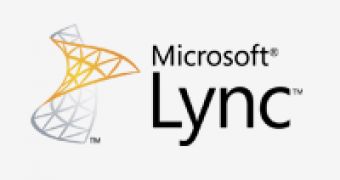Today, Microsoft announced that its Lync 2010 service was selected by the Institute for Emergency Medical Service (EMS) in Novi Sad, Serbia.
EMS’ services needed an upgrade, as patients calling for assistance had their details taken down on paper and then delivered to teams in the field via radio station or phone.
The quality of the service was poor due to this situation, and it needed improvements to ensure that lives were saved.
One of the first challenges that had to be overcome was the quality and accuracy of data that patients delivered verbally to the call center operators, and which was written down on paper.
Additionally, the data had to be entered into a facility computer by a person from administration who hadn’t been involved in the data collection, and which resulted in inconsistencies.
The approach also made it impossible for statistical data to be collected so that it could be analyzed and evaluated for research purposes.
“Our dispatching center is the vital link between citizens who are in need of emergency care and medical response teams,” said Dr. Nenad Aracki, chief of the Institute for Emergency Medical Service.
“The process in place was out of date, burdensome and directly impacting the ability of employees to do their jobs effectively.”
Microsoft Gold Certified Partner CPU’s app enabled patient calls to arrive automatically, delivering the caller’s name, address and phone number to the operator, while also offering calls history and details on previous calls.
The operators were offered the possibility to enter patient data in the application, which is fully supported by Lync 2010, and to give the call priority: 1: red, 2: yellow, 3: green. Operators could also determine if the police or fire department needed to be dispatched.
Operators could deliver information in three to five seconds, provided that the emergency is a matter of life or death. Callers can also inquire on the status of an intervention in progress.
“We managed to shorten certain time parameters, specifically the call center response time,” Aracki said. “As we receive more than 650 calls on a daily basis, any savings in time is valuable. Now the operator can receive and distribute any information with just a few mouse clicks and within seconds.”
Another application developed for EMS based on Lync 2010 was meant to record the exact time when the call was initiated, as well as its duration and the amount of time needed for information to be delivered to the field team.
It would also record the time when the responders arrive at the patient’s location, as well as the length of the medical intervention.
“Since the majority of our patients suffer from chronic diseases, they call frequently,” said Dr. Srdjan Cobanov, chief of the dispatching center. “This new system enabled us to go through previous patient calls, and now it is easier for our dispatchers to diagnose, triage and send the EMS team to that patient.”

 14 DAY TRIAL //
14 DAY TRIAL //